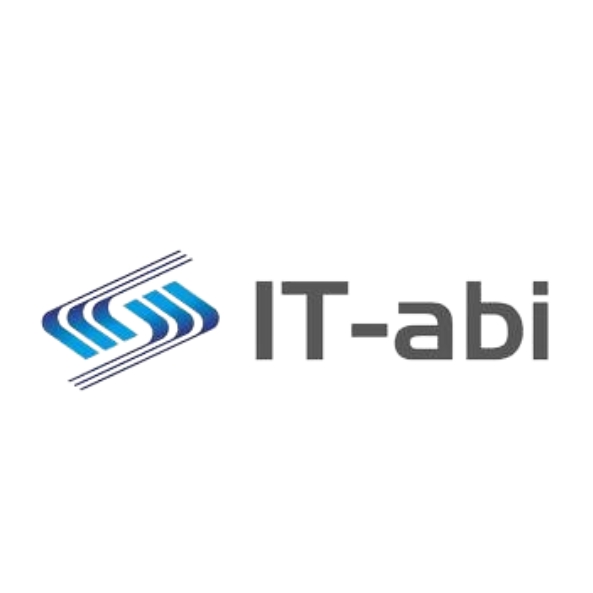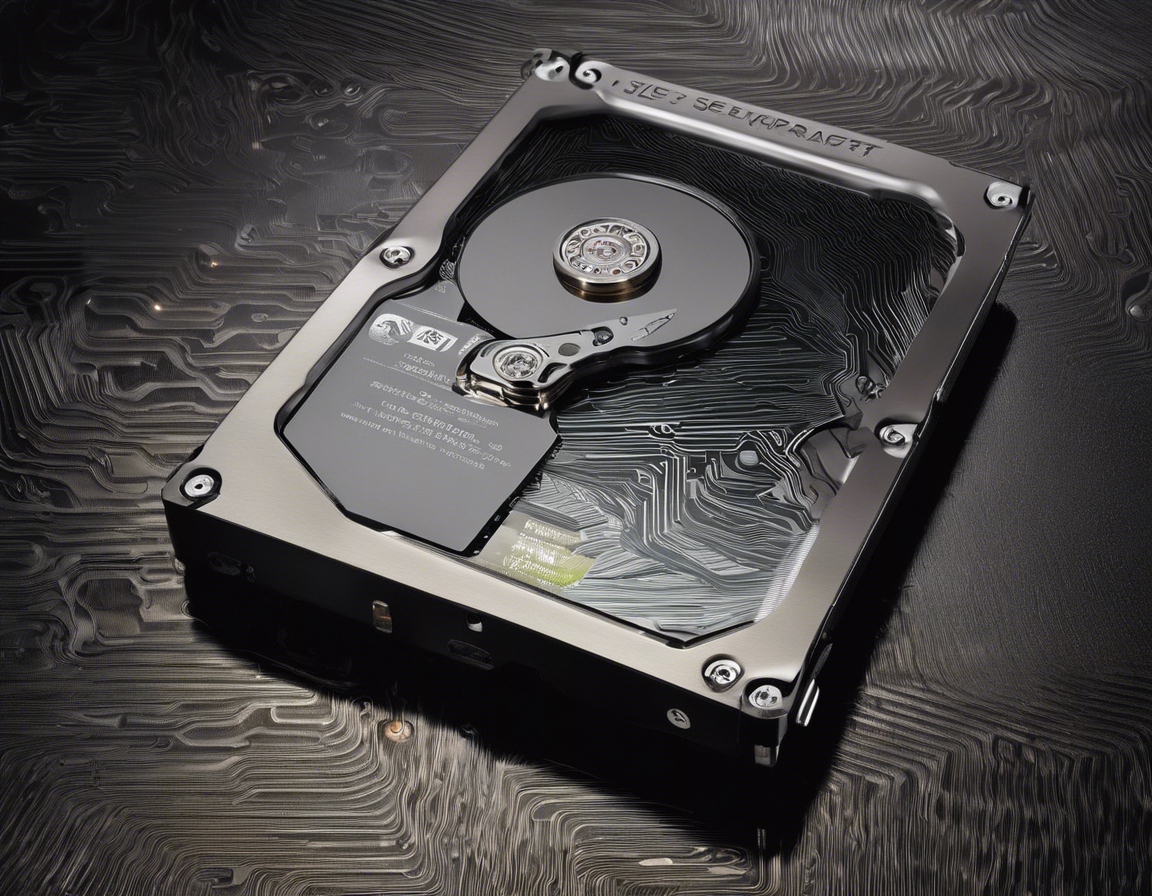The ultimate guide to smart home integration
Smart home integration is the process of connecting various smart devices and appliances in your home to create a cohesive, centrally managed network. This network can be controlled remotely through a smartphone app, voice commands, or even automation.
Smart homes offer convenience, enhanced security, energy efficiency, and improved quality of life. They allow homeowners to manage their living environment with ease, providing control over lighting, temperature, security systems, and more.
Understanding the Smart Home Ecosystem
The core components of a smart home include smart devices like thermostats, locks, cameras, lights, and appliances that can communicate with each other. A central hub often controls this interconnected network.
Platforms such as Google Home, Amazon Alexa, and Apple HomeKit are popular choices for managing smart home devices. They offer varying levels of compatibility and user experiences.
Planning Your Smart Home Integration
Before diving into smart home integration, it's crucial to assess your specific needs and the goals you wish to achieve with your smart home setup.
Selecting the right technology is essential for a seamless integration. Consider compatibility, ease of use, and the technology's ability to scale with your needs.
Creating a blueprint for your smart home will help you visualize the setup and plan the placement of devices for optimal performance and coverage.
Implementing Smart Home Solutions
Installation and setup can vary greatly depending on the devices you choose. Some may require professional installation, while others are DIY-friendly.
Ensuring a robust and secure home network is critical for the smooth operation of your smart home devices. This includes having a reliable Wi-Fi network and possibly additional networking equipment.
With the increasing number of smart devices comes the need for heightened security and privacy measures. This includes secure passwords, encryption, and regular software updates.
Advanced Smart Home Features
Automation and customization are at the heart of a smart home. They allow your home to adapt to your lifestyle and preferences, providing convenience and efficiency.
Voice control through AI assistants like Siri, Alexa, or Google Assistant adds a layer of convenience and accessibility to managing your smart home.
Smart homes can contribute to energy savings and sustainability through intelligent thermostats, lighting controls, and energy monitoring systems.
Maintaining and Upgrading Your Smart Home
Even the most advanced smart homes may encounter issues. Having access to reliable technical support and troubleshooting resources is essential.
The smart home industry is rapidly evolving. Staying informed about the latest trends and updates can help you keep your smart home current and functional.
As your needs change, you may want to expand your smart home capabilities. This could involve adding new devices or upgrading existing ones to maintain a state-of-the-art living environment.






Comments (0)